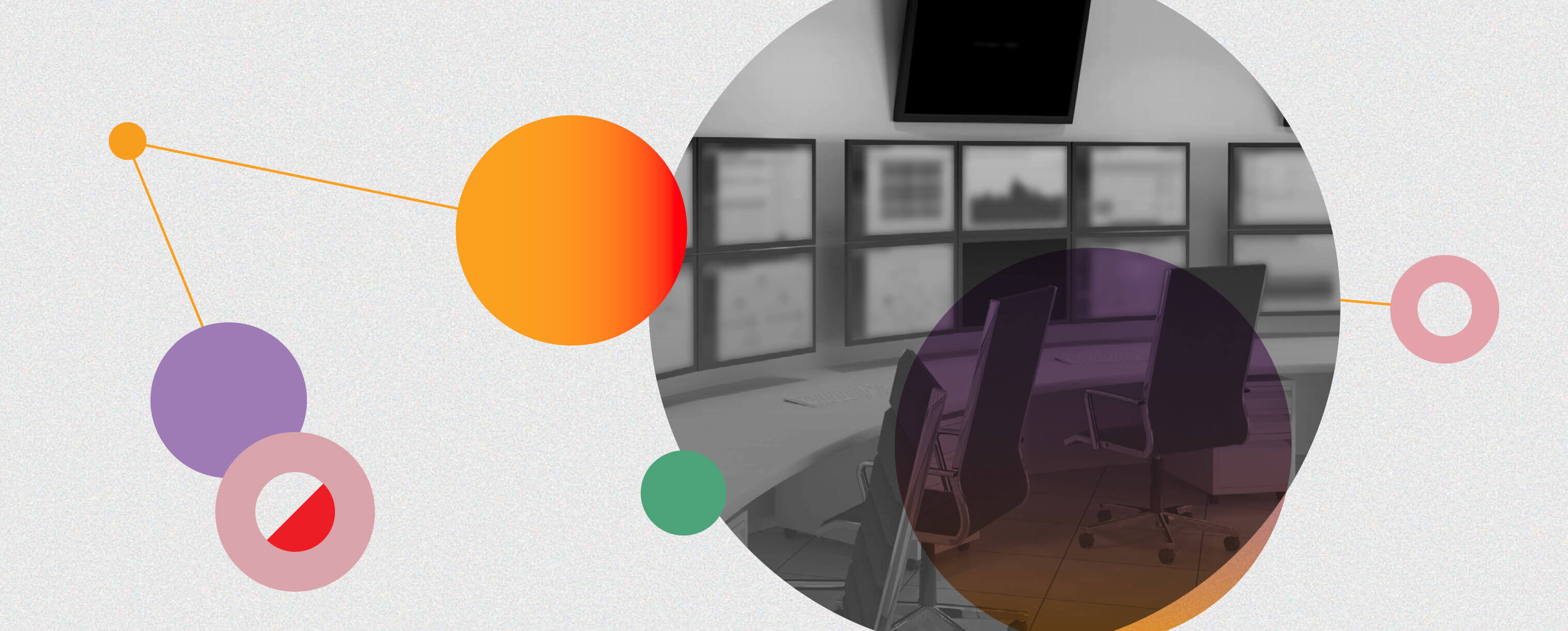|---Module:text|Size:Small---|
What is Robotic Process Automation (RPA)?
RPA is a software solution, configurable through workflows, aimed at emulating human tasks in a multi-application environment. It is used to automate rule-based and time-consuming business processes, which are repetitively executed and may therefore be standardised. However, a RPA is something different from Traditional Automation.
The following figure compares the two technologies:
|---Module:image|Size:Small---|

|---Module:text|Size:Small---|
RPA is a non-intrusive tool, causing no disruption to underlying legacy processes and systems and has low risks in implementation because it is a surface tool. It has the flexibility to programme the robot to complete any task, making consistent and correct decisions on a 24/7 basis.
A RPA software never sleeps, it is flawless and saves time on operational, repetitive processes. RPA is alow-code technology and enables processes to be automated in a short period of time. Comparing with other technologies and automation frameworks, the time to get the return on investment is much shorter.
Not moved by emotion or compassion, a robot executes structured work following a logical process. Humans, on the other hand, have a sense of creativity and innovation, along with subjective thoughts and verbal conversations, making them not completely disposable to business operations. Indeed, there are two types of robots with regards to human dependency:
- Attended robots: triggered by human intervention, they co-operate with the user and run locally on a machine, being able to receive human inputs on their tasks. Attended robots are suitable for Service Desk, Help Desk and Call Centre processes
- Unattended robots: operating autonomously, they can be scheduled to run anytime and remotely, in a virtual or other dedicated machine. Unattended robots are suitable for processes with high volumes of transactions
Benefits and Use Cases
Not replacing existing IT system or processes, RPA is designed to reduce costs, improve efficiency and increase people engagement. Picture an ordinary task of data migration, reconciliation or extraction from a PDF or Excel file. Thanks to several tools, such as Object Recognition, Optical Character Recognition (OCR) and Application Integrators, robots are able to capture, transform and send information, interacting with any application.
Entering the Telco space, it is common for a CSP to have a large team allocated, in each bill cycle, to review and validate a sample of invoices, in order to identify issues before printing and dispatching to its customers. However, neither the process is accurate or efficient, nor the team is able to support customers during the bill review process.
Without RPA, the team needs to stop their regular tasks in order to perform a bill review, which takes an average of 3 minutes per invoice. The process is not standard, considering each member has its own criteria and methodology, or completely truthful – due to natural fatigue and routine, some validations are skipped.
With RPA, the team focuses on non-automated, value-added tasks. Regardless of labour hours, robots process PDF files in 1 minute and the whole bill review is much faster, not compromising accuracy.
How to select processes to be automated with RPA?
The required level of human effort, along with stability and complexity, are selection criteria to decide whether a process is worth automating with RPA. Besides, it must be objective, rule-based and repetitive, and must involve a high volume of inherent tasks and standard readable inputs.
The following figure describes multiple situations in which the decision of automating or not with RPA is considered:
|---Module:image|Size:Small---|

























